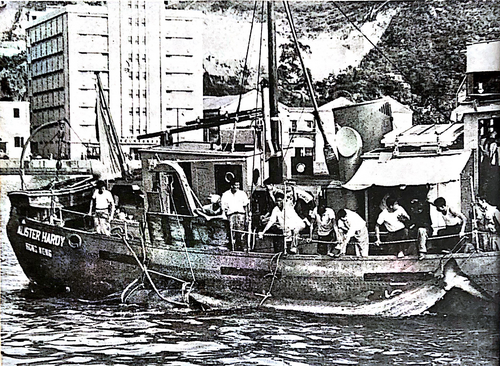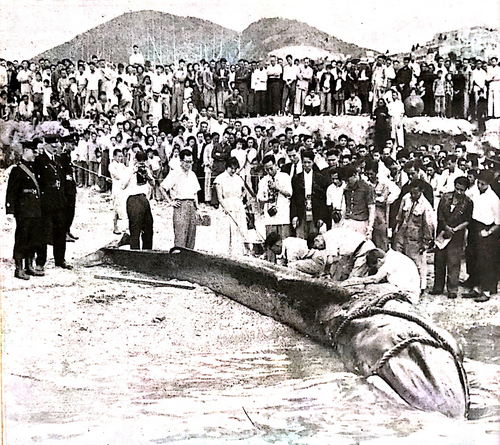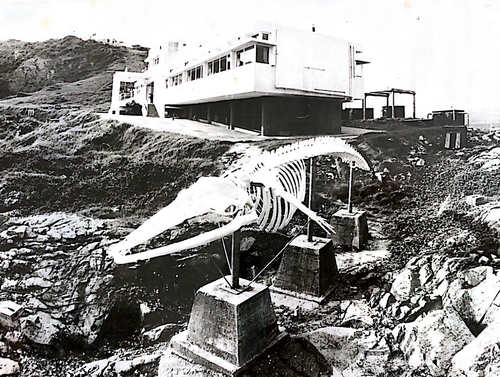Contrary to popular local lore, Hong Kong’s whale skeleton IS NOT a killer whale that used to perform in Ocean Park, but actually the bones of a juvenile Fin whale, the second largest animal on Earth, second only to the blue whale.
On April 12, 1955, the whale was first seen floating among the pilings under Ming Shan Wharf in Victoria Harbour. The young male was, sadly, separated from its mother while migrating north from the South China Sea and was slowly starving. After marine police euthanised the whale, it was towed to Aberdeen where it was processed by HKU zoologists. The skeleton was preserved and displayed across several buildings on the HKU campus, out of sight of the sea, for the following 35 years.
To help return the whale to the seashore, the skeleton underwent a year-long reconstruction and was found a new home on the shores of Cape d’Aguilar next to the newly established Swire Marine Laboratory. On June 27, 1991, the whale was unveiled by Mrs Mary Hotung Ketterer (Honorary Executive Director of the World Wide Fund Hong Kong) and sits watching the waves crash onto the shore overlooking the South China Sea.
On April 12, 1955, the whale was first seen floating among the pilings under Ming Shan Wharf in Victoria Harbour. The young male was, sadly, separated from its mother while migrating north from the South China Sea and was slowly starving. After marine police euthanised the whale, it was towed to Aberdeen where it was processed by HKU zoologists. The skeleton was preserved and displayed across several buildings on the HKU campus, out of sight of the sea, for the following 35 years.
To help return the whale to the seashore, the skeleton underwent a year-long reconstruction and was found a new home on the shores of Cape d’Aguilar next to the newly established Swire Marine Laboratory. On June 27, 1991, the whale was unveiled by Mrs Mary Hotung Ketterer (Honorary Executive Director of the World Wide Fund Hong Kong) and sits watching the waves crash onto the shore overlooking the South China Sea.
 | The dead whale was tied onto the Research Vessel Alister Hardy and towed to Aberdeen on April 12, 1955. (Photo credit: Spectrum, No. 4, May 1955) |
 | Using a high tide the next day, the whale was beached in front of the Government Fisheries Division’s Headquarters in Aberdeen where it was measured and dissected by HKU scientists. (Photo credit: Spectrum, No. 4, May 1955) |
 | After extensive restorative work, the whale skeleton was displayed outdoors on the shores at Cape d’Aguilar, at the Swire Institute of Marine Science for all to enjoy in 1991. |

